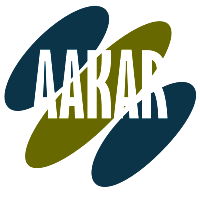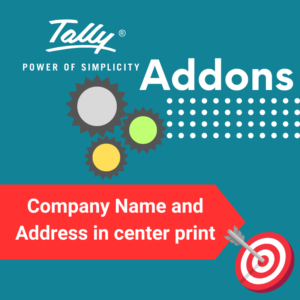Key Challenges in the Garment/Apparel Industry:
- Inventory Management: Efficiently managing stock levels to avoid overstocking or stock-outs, especially given the seasonal nature of fashion.
- Supply Chain Coordination: Streamlining operations from raw material procurement to finished product distribution.
- Trend Forecasting and Product Development: Quickly adapting to changing fashion trends and consumer preferences.
- Quality Control: Ensuring consistent product quality across different batches and suppliers.
- Customer Relationship Management (CRM): Building and maintaining strong relationships with both retail and individual customers.
- Compliance and Sustainability: Adhering to regulatory standards and adopting sustainable practices.
Components of Garment/Apparel Business Solutions:
- ERP Systems: Specialized Enterprise Resource Planning (ERP) software for the garment industry integrates all facets of the business, from production to sales, providing real-time data and analytics to inform decision-making.
- Inventory Management Tools: These tools offer advanced features for tracking stock levels, predicting demand, and planning procurement accordingly, considering the seasonal variability of the industry.
- Supply Chain Management (SCM) Software: SCM solutions help in optimizing the supply chain, from raw material sourcing to distribution, enhancing efficiency and reducing costs.
- Fashion Design and Product Development Software: These solutions support the creative process, from design conceptualization to product launch, incorporating trend forecasting and pattern design functionalities.
- Quality Management Systems (QMS): QMS tools ensure adherence to quality standards throughout the production process, minimizing defects and returns.
- CRM Software: Tailored CRM solutions for the garment industry aid in managing customer interactions, preferences, and feedback, fostering loyalty and repeat business.
- Sustainability and Compliance Management: Software that helps businesses adhere to regulatory requirements and sustainability goals, tracking and managing environmental impact and labor practices.
Implementation and Benefits:
Implementing these garment/apparel business solutions can lead to significant improvements across various aspects of the business:
- Enhanced Operational Efficiency: Streamlining processes reduces lead times and operational costs, improving overall productivity.
- Improved Inventory Accuracy: Advanced inventory management results in optimal stock levels, reducing overstocks or shortages.
- Better Supply Chain Visibility: SCM solutions provide transparency across the supply chain, enabling more effective coordination and planning.
- Increased Responsiveness to Market Trends: Tools that support quick adaptation to fashion trends help businesses stay competitive and meet market demand.
- Quality Assurance: Consistent product quality strengthens brand reputation and customer satisfaction.
- Stronger Customer Relationships: Effective CRM strategies improve customer engagement and retention.
- Sustainability and Compliance: Managing compliance with industry regulations and sustainability goals enhances brand integrity and market positioning.
Conclusion:
“Garment/Apparel Business Solutions” are pivotal in navigating the complexities of the fashion industry. By leveraging these specialized tools and technologies, businesses can achieve operational excellence, sustain profitability, and respond dynamically to the ever-evolving fashion landscape. These solutions not only address the immediate challenges of inventory, supply chain, and customer management but also contribute to long-term strategic goals, including quality assurance, compliance, and sustainability.










Reviews
There are no reviews yet.